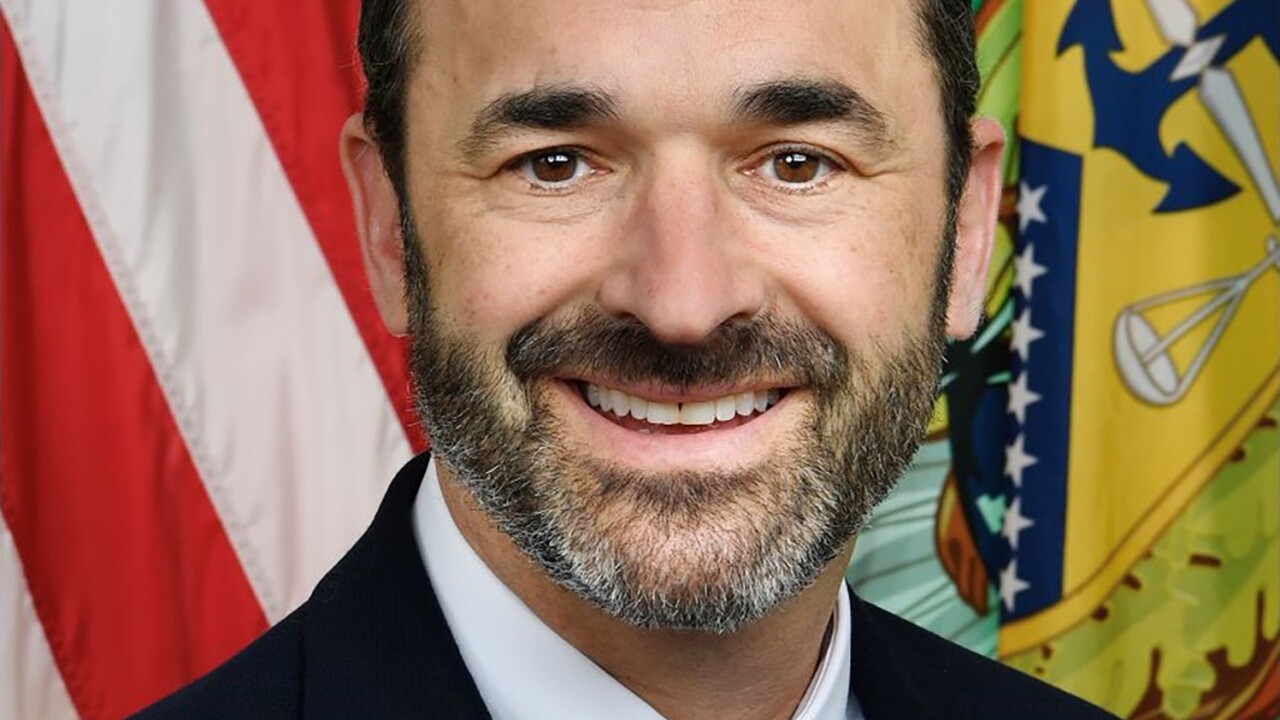WASHINGTON -- Demand for municipal bonds is expected to increase and credit spreads will lower because most regional members of the Federal Home Loan Bank system have begun accepting municipal bond issues as collateral.
That was the message Thursday during a webinar sponsored by the National Association of State Treasurers for issuers, investors, municipal advisors, bond attorneys and underwriters.

Mark Pascarella, the webinar moderator and director of debt management for the Indiana Finance Authority, said the takeaway is that higher demand is possible for municipal issuers.
“As an issuer, I have to recognize that there might be some changes I make to an official statement to make the issuance Federal Home Loan Bank eligible,’’ Pascarella said. “There’s some work we’re going to have to do on our end.’’
The payoff, he said, will include an erosion of the liquidity premium.
The Federal Housing Finance Agency has given regulatory approval over the last couple of years for the 10 of the nation’s 11 regionals to include municipal issues as allowable collateral.
Each of the banks has its own selection criteria, but they all look for a real estate portfolio, participants were told.
The FHLB system requires its members to provide collateral in order to borrow advances from the system.
The FHLB system has about 7,000 members with $22.6 trillion in assets. Its 5,190 member banks and thrifts range in size from community banks to America’s largest banks such as J.P. Morgan Chase and Wells Fargo Bank. The system also includes 1,407 credit unions, 383 insurance firms and 47 Community Development Financial Institutions.
Single-family mortgage loans represent 53% of the collateral that is used by FHLB members for loan advances followed by commercial real estate loans, which represent another 19%, and multifamily mortgage loans, which are 8%.
Municipal bonds represent less than 5% of the collateral in a catch-all category listed as “other.”
The key to growing the demand for municipal bonds is for issuers to detail in their official statement the percentage of funds that are paying for real-estate related acquisitions and improvements so that a purchaser knows what percentage can be collateralized.
Bond funding for school buses, furniture and equipment cannot be used by a FHLB member as collateral. But a school district bond issue where at least 80% of the proceeds are dedicated to building renovations and new building construction could be 80% collateralized, making it an attractive purchase for an FHLB member.
The failure of many municipal bond issuers to provide that sort of specificity has prevented the FHLBs from being more aggressive in accepting municipal issues, the webinar presenters said.





